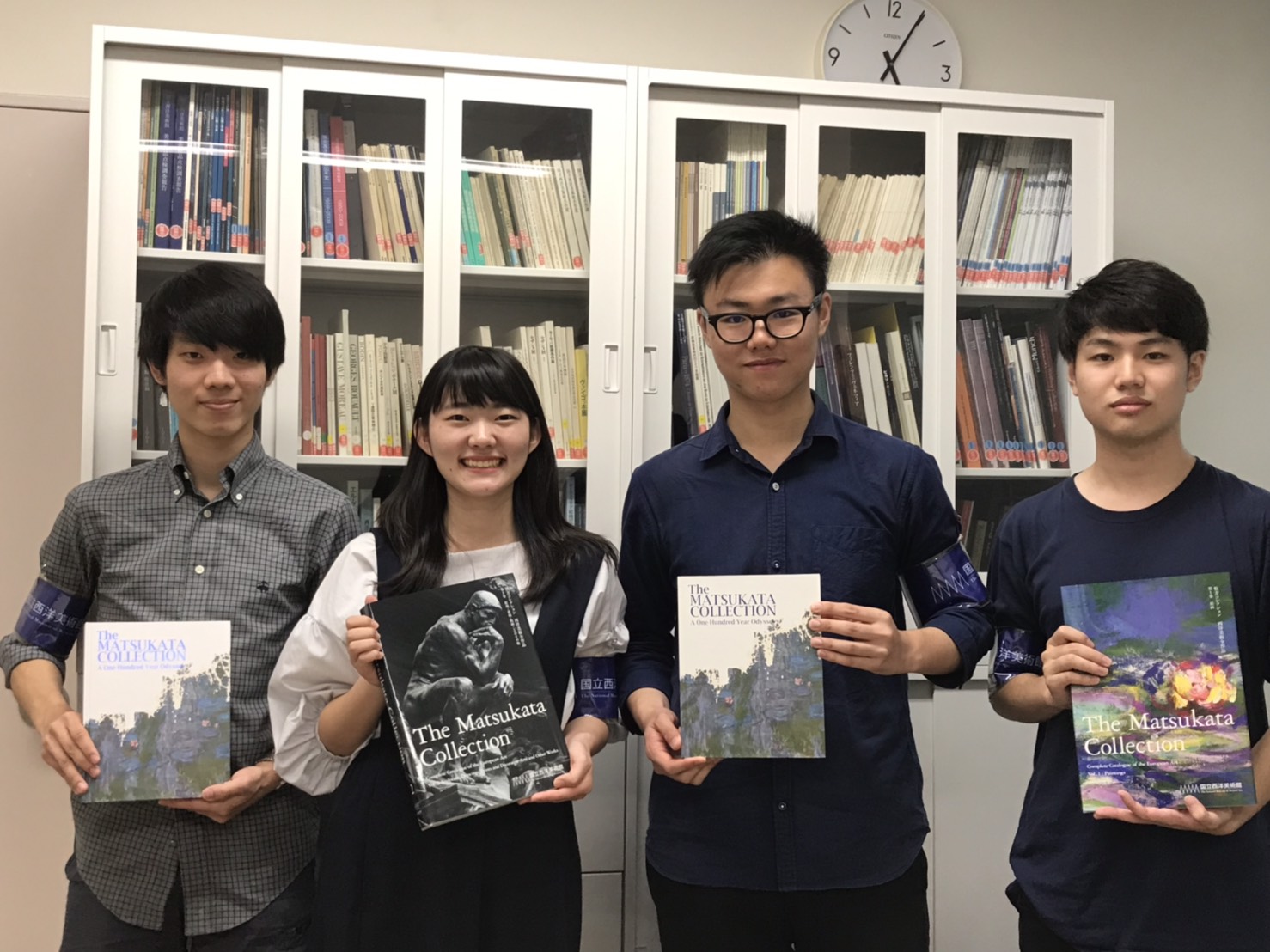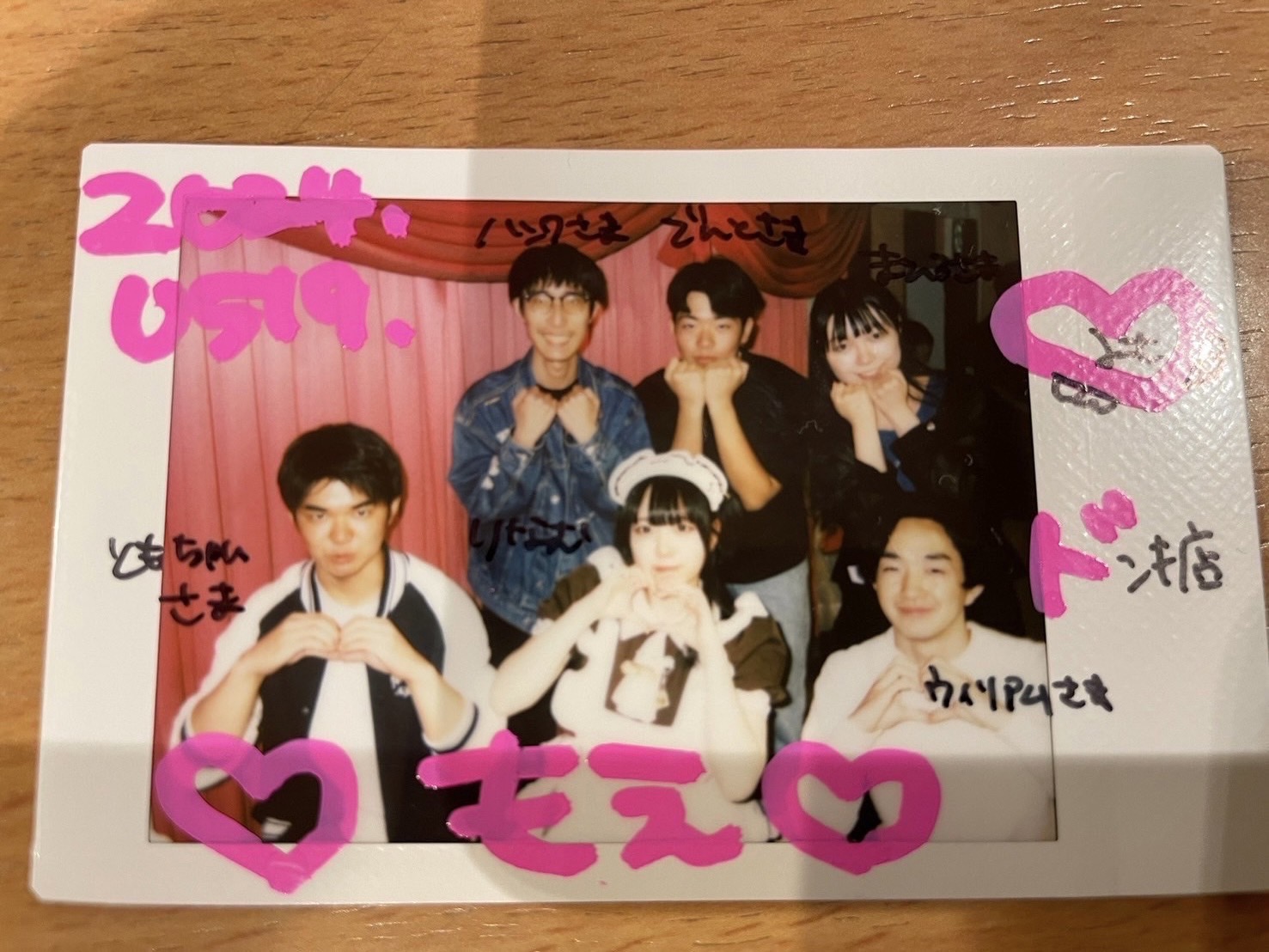“The Matsukata Collection”
From June 11 to September 23, 2019, “The Matsukata Collection” is held at the National Museum of Western Art (NMWA).
This exhibition consists of arts collected by Kojiro Matsukata, the third son of Masayoshi Matsukata, who was famous as the prime minister of the Meiji era. He felt a sense of crisis that poor Japanese artists cannot access excellent Western arts which were more culturaly advanced than Japan during the time period. Thus, by using his wealth gained in the shipbuilding industry, he managed to collect a lot of Western arts from London and Paris. He hoped to create an art museum to exhibit the collected arts and to create opportunities for Japanese people to access Western arts.
While some of his collection had been scattered by the earthquake, the financial crisis , and the war, the National Museum of Western Art were established in order to store and display the remaining. The Matsukata Collection, which contained nearly 3,000 items, was said to have an extremely wide collection of Western art items from a range of different genres. It contains Mr. Kojiro Matsukata’s wish to spread Western art in Japan.
What difficulties have the Matsukata Collection gone through? Marking the beginning of a series of difficulties was the Showa Financial Depression in 1927. Due to the depression, Mr. Matsukata’s shipyard went into bankruptcy and the collection was swept away. The works that already arrived in Japan were sold, and some of those that remained in Europe were damaged by the warehouse fire in London.
Not only that, his collection was also confiscated by the French government in Paris at the end of World War II. After the war, 375 items were returned to Japan in the form of donation from France to Japan, and the NMWA was born in 1959 to preserve and display these artworks. Finally, the Matsukata Collection is now under the protection of the NMWA. However, the work to find arts that have been dissipated in difficult times is still ongoing.
Because of this relationship between the Matsukata Collection and the NMWA, the exhibition, “The Matsukata Collection”, is held celebrating the 60th anniversary of the NMWA.
We visted this exhibition. There were a wide variety of paintings and sculptures, through which we were able to trace the transition of the paintings from each era. One of the dissipated works, related to Monet’s “Water Lilies”, especially stood out. It was only discovered during the planning of this collection exhibition and was fortunately included into the exhibition. Looking at the paintings with parts that could not be repaired, we felt the difficulties of the artworks and the efforts of Matsukata who tried to collect the arts.
Now,creating works using a computer or placing existing ones is also an art, and in the present age when you can appreciate works free of charge via the Internet etc .
What is significance visiting the NMWA?
Megumi Jingaoka, a researcher of the NMWA said “the NMWA plays a role in establishing Western art in Japan. In addition to the artistic elements of the work,there are secondary elements such as history, information, stories, etc… The NMWA researches them steadily and conveys them to the viewers through explanations of the works such as audio guides.
Also, at the museum, “alone” or “quiet” is like a rule, but I think it’s more fun to enjoy painting by communicating with someone while watching.”In the NMWA, the stories of arts collected by Kojiro Matsukata for the future Japanese are studied and exhibited every day. By appreciating, learning, and enjoying various aspects of Western art, the wishes of Kojiro Matsukata are being achieved.

Written by Kohei Miyauchi, Yurina Shida, Honoka Nakayama, Shota Takahashi,David Fei
Edited by Maggie Lai


